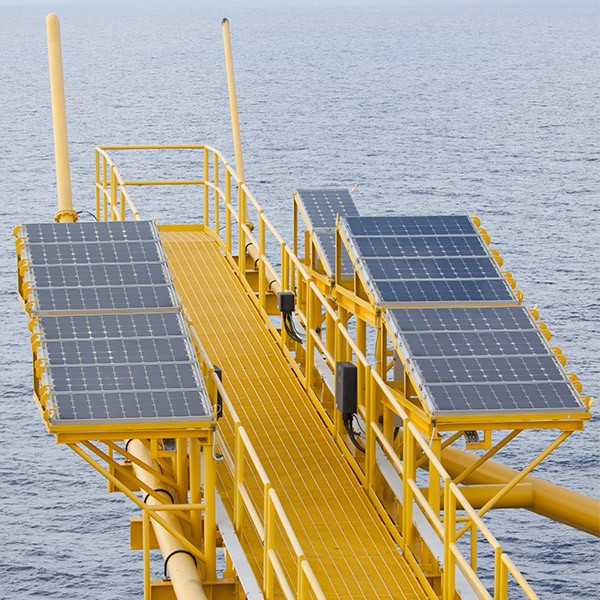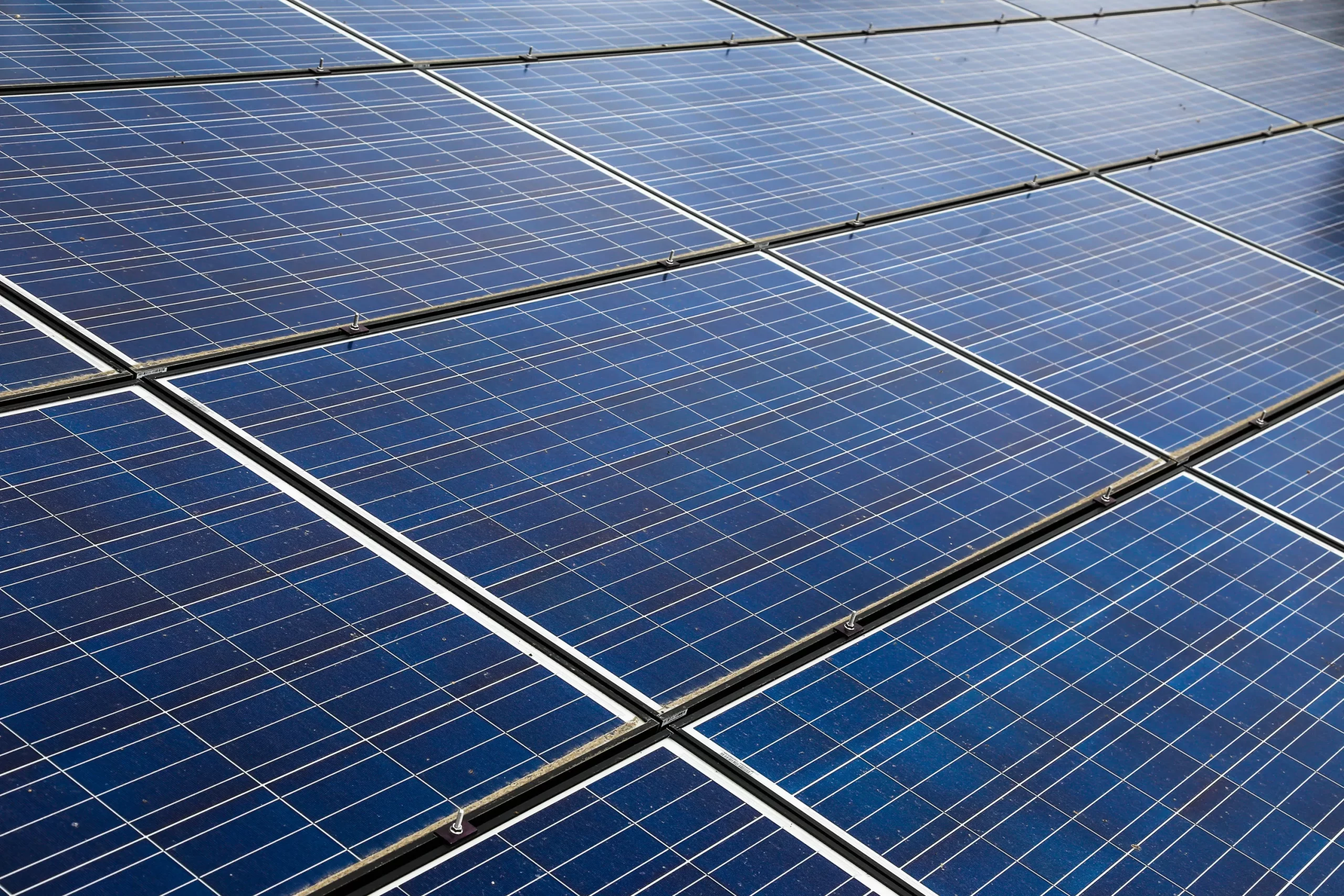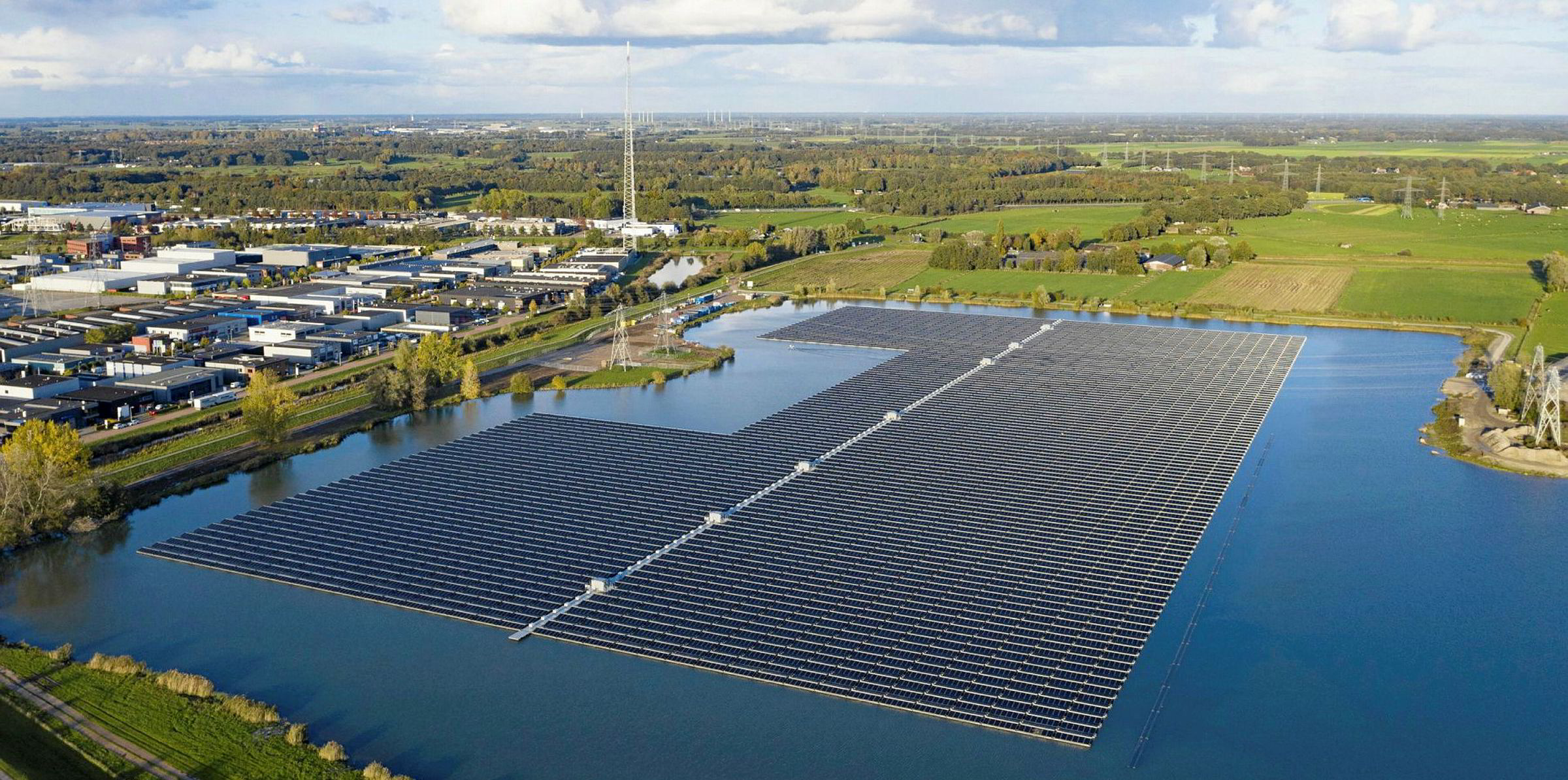Solar energy has become a vital component of Europe’s transition to a greener future. As the demand for clean energy solutions rises, the solar industry continues to innovate and develop advanced solar panel technologies. This article will explore some of the cutting-edge solar panel technologies being utilized and researched in Europe, showcasing their potential to revolutionize the solar energy market.
- Bifacial Solar Panels
Bifacial solar panels are designed to capture sunlight on both their front and back surfaces, significantly increasing energy generation. These solar panels are gaining traction in Europe due to their higher efficiency compared to traditional monofacial panels. Bifacial panels can harness sunlight reflecting off the ground or other surfaces by utilising dual-sided solar cells, increasing their overall energy yield.
- Heterojunction Solar Cells
Europe is leading the way in researching and developing heterojunction solar cells, which combine two different types of semiconductor materials, such as amorphous silicon (a-Si) and crystalline silicon (c-Si). This combination forms a p-n junction at their interface, enabling higher conversion efficiencies compared to traditional solar cells. Heterojunction solar cells have the potential to push solar panel efficiency to new heights, making them an attractive option for future solar installations.
- Perovskite Solar Cells
Perovskite solar cells are an emerging technology with the potential to revolutionize the solar industry. These cells are composed of perovskite-structured compounds, which have unique properties that enable high light absorption and charge carrier mobility. Research and development efforts in Europe have focused on improving the stability and scalability of perovskite solar cells, with the aim of achieving even higher efficiency levels than traditional solar cells at a lower production cost.
- Building-Integrated Photovoltaics (BIPV)
European architects and engineers are increasingly incorporating building-integrated photovoltaics (BIPV) into new construction projects. BIPV systems seamlessly integrate solar panels into building structures, such as facades, roofs, or windows, transforming them into power-generating surfaces. This innovative approach to solar energy not only maximizes energy production but also contributes to aesthetically pleasing and sustainable building designs.
- Concentrated Solar Power (CSP)
Concentrated solar power (CSP) systems are another advanced solar technology being explored in Europe. CSP plants use mirrors or lenses to concentrate sunlight onto a small area, typically a solar receiver or a photovoltaic cell. This concentrated sunlight generates heat, which can be used to produce electricity through a steam turbine or other thermal power conversion systems. CSP technology has the potential to deliver large-scale solar power generation with improved efficiency and reduced costs.
Conclusion
As Europe continues to push for a cleaner, more sustainable future, advanced solar panel technologies are playing a crucial role in the energy transition. From bifacial solar panels to perovskite solar cells, these innovations are maximizing solar energy potential and paving the way for a greener, more energy-efficient future. As research and development efforts progress, we can expect even more groundbreaking solar technologies to emerge and reshape the renewable energy landscape.




